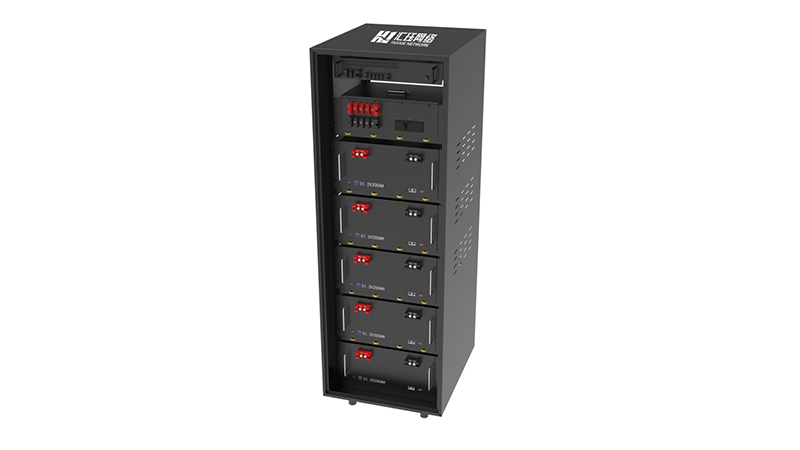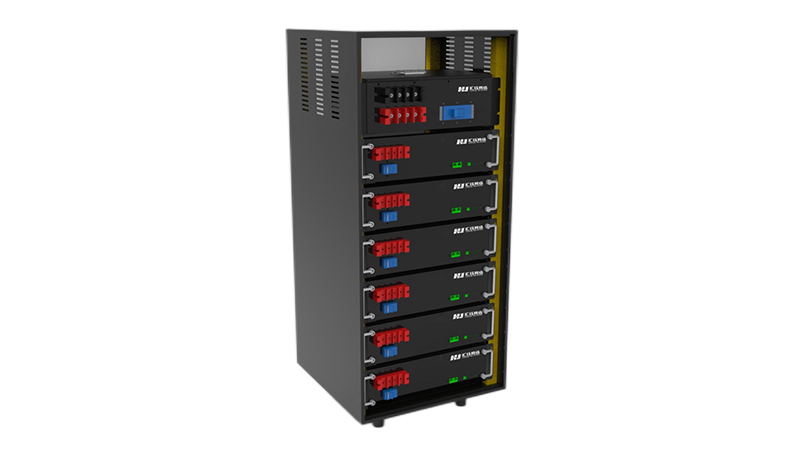
Accelerating the Internet for the first time with data transmission over 1Pbit/s
Researchers from the Technical University of Denmark (DTU) and Chalmers University of Technology in Gothenburg, Sweden, have achieved data rates of more than 1Pbit/s using a single laser and a single optical chip, foreign media reported recently. The international team successfully transmitted 1.84Pbit/s over a 37-core, 7.9-km-long fiber using a single light source. The light source is a custom designed frequency comb ring resonator that generates 223 wavelength channels. Today’s equivalent system requires more than 1,000 lasers, marking a significant reduction in the size and power consumption of Internet delivery systems.
Researchers have doubled the speed of the Internet
“We also present a theoretical analysis showing that a single chip-level light source should be able to support 100Pbit/s in massively parallel spatial and wavelength multiplexed data transfer systems. Our findings may mark a shift in the design of future communication systems targeting device efficient transmitters and receivers, “the researchers said.
“What makes this chip special is that it produces a frequency comb with ideal optical fiber communication properties – it has high optical power and covers a wide band in the spectral region of interest for advanced optical communication,” Victor Torres-Inc., a professor at Chalmers University of Technology.
“In fact, some of the characteristic parameters are coincidental rather than by design,” he said. “However, through the efforts of my team, we are now able to reverse engineer the process and achieve highly reproducible microcombs for targeted applications in the telecommunications field.”
“Our calculations show that with a single chip and a single laser manufactured at Chalmers University of Technology, we will be able to transmit data up to 100Pbit/s,” said Professor Leif Katsuo Oxenøwe, head of the Centre of Excellence for Silicon Photonics. DTU Optical Communication (SPOC).
“The reason for this is that our solution is scalable – both in terms of creating many frequencies and also in terms of dividing the frequency comb into many spatial copies and then optically amplifying them and using them as parallel sources where we can transmit data. Although the comb copy has to be amplified, we don’t lose the comb quality, and we use it for spectrally efficient data transmission.”
“In other words, our solution offers the potential to replace hundreds of thousands of lasers located at the heart of the Internet and in data centers, all of which consume power and generate heat. We have the opportunity to contribute to the realization of an Internet that reduces our climate footprint, “said Oxenløwe.
“There are efforts around the world to integrate laser sources into optical chips, and so are we. The more components we can integrate in the chip, the more efficient the overall transmitter will be. That is, lasers, comb chips, data modulators, and any amplifier elements. It will be an extremely efficient light emitter of data signals, “he said.



